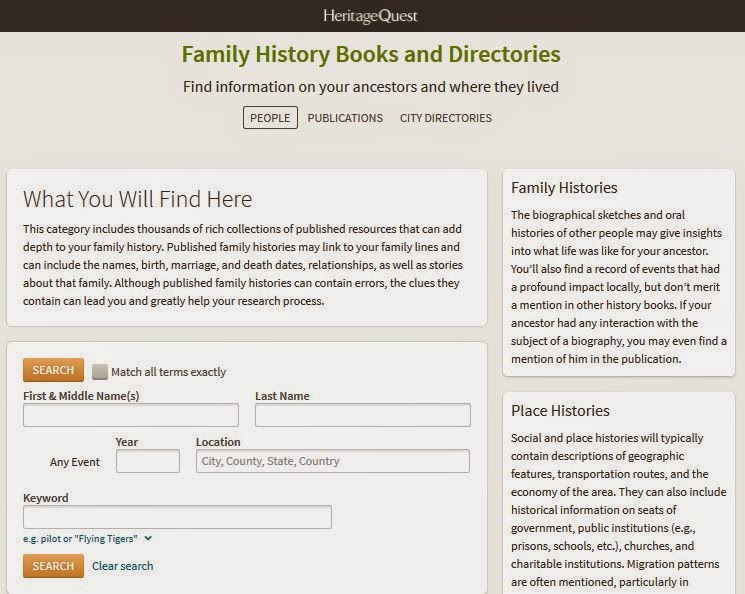 |
| HeritageQuest Rev. File |
Upon initial investigation it looked like nothing had changed. The first page after the file summary cover said "Selected." Now if I had done what I did yesterday, I would have seen that, yes, more digital images of pages have been added.
 |
| HeritageQuest Rev. File Selected |
One thing that did not help is that it has been almost ten years since I used the actual microfilming of the complete files while at the Allen County Public Library. I failed to remember how those files were presented on the microfilm. As the descriptive pamphlet explained: first the summary cover of the file was filmed; next were "Selected pages" for files of larger size; followed by the "Nonselected" pages of the file. When the digital collection at HeritageQuest was updated recently that Nonselected portion was added.
 |
| HeritageQuest Rev. File Unselected |
Now there are still differences between the Revolutionary Pension/Bounty-Land collections at HeritageQuest and Fold3. One difference is image quality. The images at HeritageQuest are black and white while the images at Fold3 are grayscale. Just a little tweaking in PhotoShop will brighten the grayscale images at Fold3 making them even better.
 |
| HeritageQuest Rev. Pension File |
 |
| Fold3 Rev. Pension File |
Another difference is that the Selected/Nonselected Header Cards used for the microfilming were not digitally imaged in Fold3's collection. (I'm guessing to save server space and I believe because the header cards are not actually in each file at the archives.) So your total image count for each file is going to differ by two when comparing files at HeritageQuest and Fold3. Of course, the file I used for comparison had to be an exception. At HeritageQuest there are 44 digital images for Caleb Foster's file. At Fold3 there are 43 digital images for Caleb Foster's file. The difference should have been 2 accounting for the two headers that were not filmed by Fold3. Using the filmstrip view I can see that a header was not accidentally filmed by Fold3 so it must be an actual page. To figure it out, I will have compare the images at HeritageQuest and Fold3 page by page to see if there is a missing page or if one page was filmed twice. HeritageQuest does not show each file's total page count while Fold3 does show each file's total page count.
The third difference is that HeritageQuest does not have an every name index like Fold3 has with its collection. HeritageQuest simply indexes the soldier/pensioner (and widows) who applied for pensions. I again tested this with my Robert Rider of New York. He does not have his own file but he appears in the files of others.
 |
| HeritageQuest Rev. File Results |
 |
| Fold3 Rev. File Results |
As you can see there are no hits for him at HeritageQuest (just a guy of the same name from Massachusetts) while at Fold3 my Robert Rider can be found in three files (the fourth is for that guy of the same name from Massachusetts.)
So if you are looking for a soldier/pensioner or widow HeritageQuest will work but do check the collection at Fold3 -- you might find your guy mentioned in someone else's file and learn something new like I did years ago.
If only we could locate that bible of Robert Rider to which Caleb was referring when stating his birth in his papers. We still can't figure out what Caleb would be doing in Robert's bible.
©2015, goneresearching. All text and photos in this post are copyrighted & owned by me (goneresearching) unless indicated otherwise. No republication (commercial or non-commercial) without prior permission. You may share (tell others) of this blog as long as you give credit and link to this site (not by downloading or copying any post). Thank you.
















